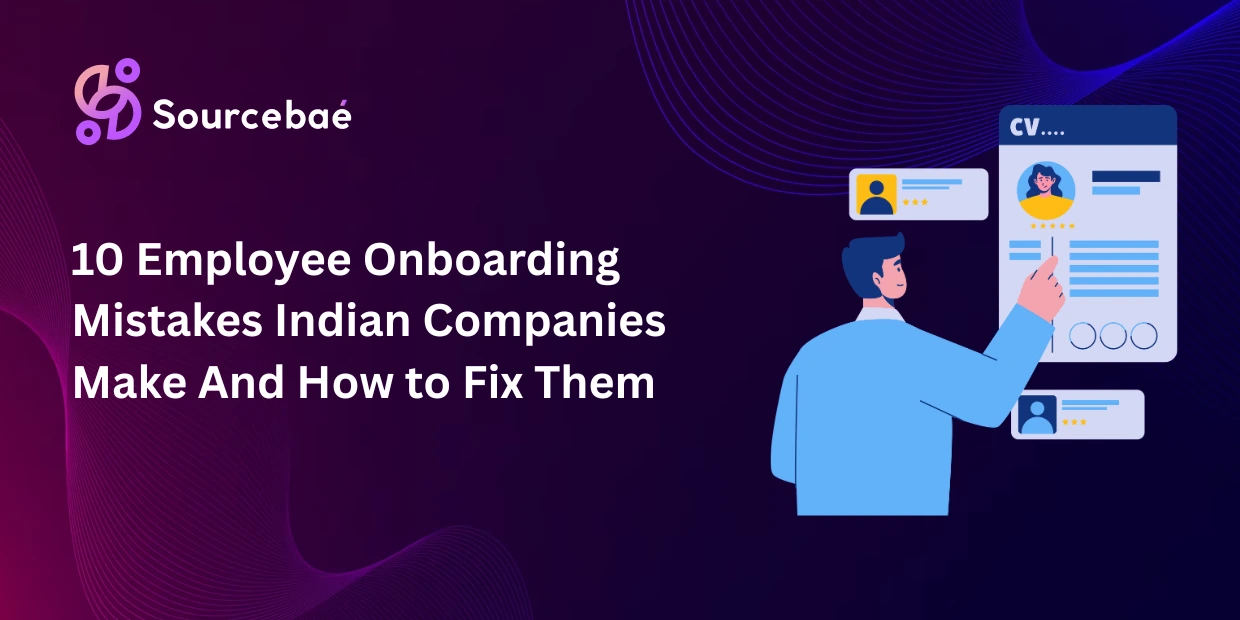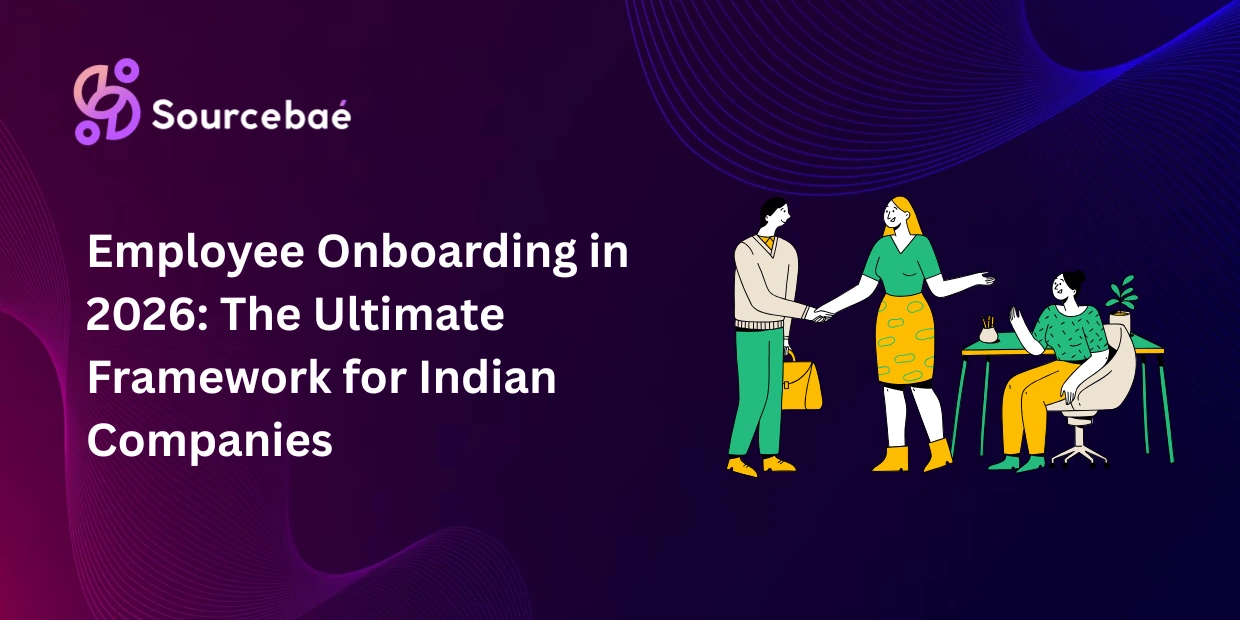Introduction:
Error reports in coding are common and often lengthy, especially in the case of STL (Standard Template Library) errors. Dealing with long error reports is crucial for programmers as it aids in maintaining the integrity and functionality of their code. This blog post aims to provide an in-depth understanding of strategies for handling lengthy error reports, with a focus on STL template errors. By learning how to identify, organize, resolve, and prevent these errors, programmers can effectively streamline their coding process and overall productivity.
Understanding the Error Report:
When confronted with a long error report, the initial step involves identifying the root cause of the error. Breaking down the error message into its individual components and checking for common mistakes in the code can help in understanding the error more comprehensively. This step is crucial in preparing for the subsequent process of organizing and resolving the error.
Organizing the Error Report:
Organizing the lengthy error messages is essential to prioritize the most critical issues. Creating a checklist to track the progress of fixing each error can help maintain a systematic approach. Additionally, leveraging code editors or Integrated Development Environment (IDE) features can expedite the navigation through the error report, improving efficiency in the organization process.
Resolving the Errors:
Implementing fixes systematically is critical in correcting errors. After each fix, thoroughly testing the code to ensure the error has been resolved is imperative. For complex errors, seeking advice from colleagues or consulting online resources can provide valuable insights into effective error resolution techniques.
Preventing Future Error Reports:
Learning from past mistakes in error reports is vital for avoiding similar errors in the future. Implementing best practices for writing clean and error-free code and utilizing tools and plugins for error detection and prevention can significantly reduce the occurrence of error reports, thereby optimizing the coding process.
FAQs:
How do I know which errors to prioritize in a long error report?
To prioritize errors, focus on the ones impacting the core functionality of the program. Look for errors that cause failures or glitches and address those first.
What should I do if I cannot understand the error messages in the report?
If the error messages are unclear, consult relevant documentation or user forums to gain insights into the specific error. Additionally, reaching out to fellow developers can provide alternate perspectives.
How can I speed up the process of resolving a lengthy error report?
Utilizing code editors, IDE features, and collaborative platforms can streamline the error resolution process, significantly reducing the time required for resolution.
Is it possible to prevent STL template errors before they occur?
By adhering to best practices in coding and utilizing error detection tools and plugins, programmers can significantly reduce the likelihood of encountering STL template errors.
When should I seek help from others in resolving a lengthy error report?
It is advisable to seek help if an error persists despite exhaustive efforts, or if the error impacts critical functionality or project timelines.
Conclusion:
Efficiently handling long STL template error reports is an essential skill for programmers. By understanding, organizing, resolving, and preventing errors, developers can streamline their coding process, ensuring the integrity and functionality of their code. Patience, persistence, and continuous learning are paramount in effectively handling error reports, contributing to overall improved coding proficiency and productivity.




